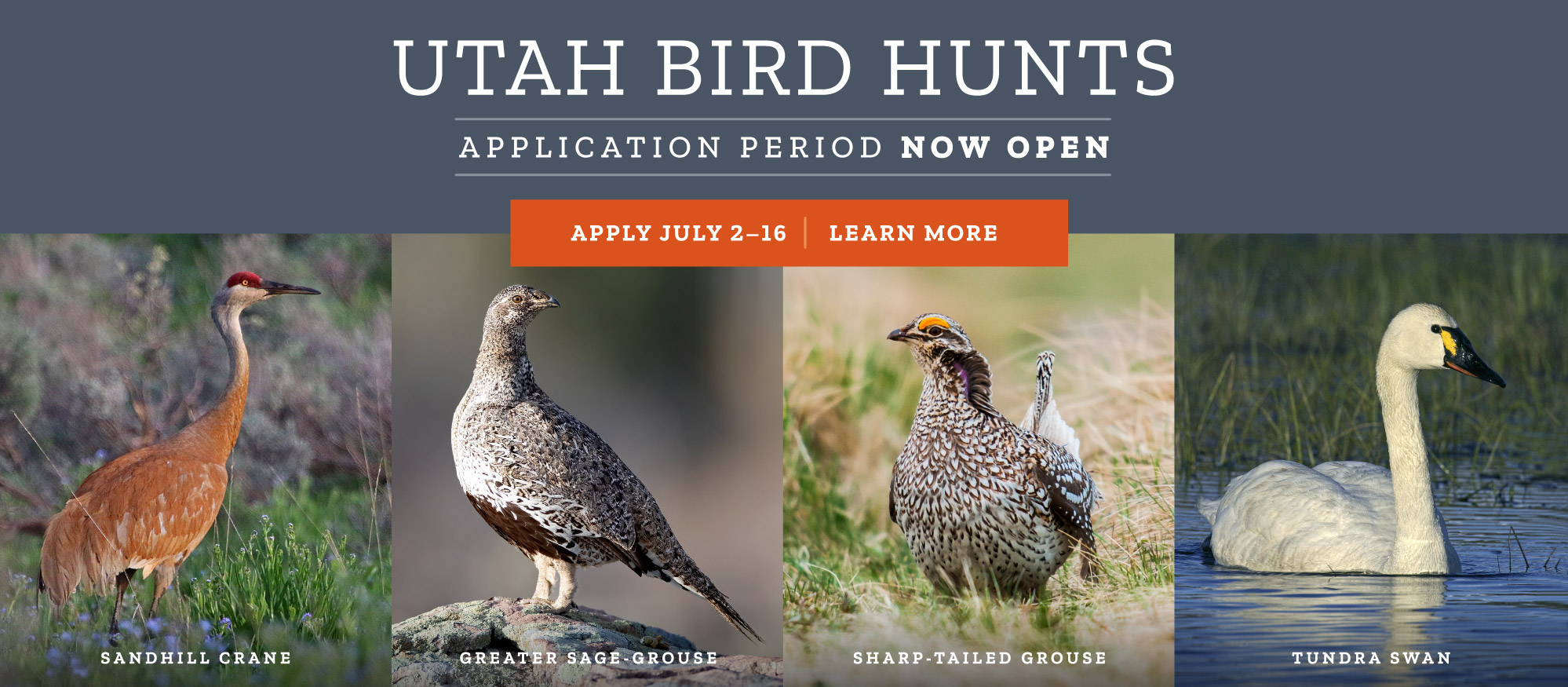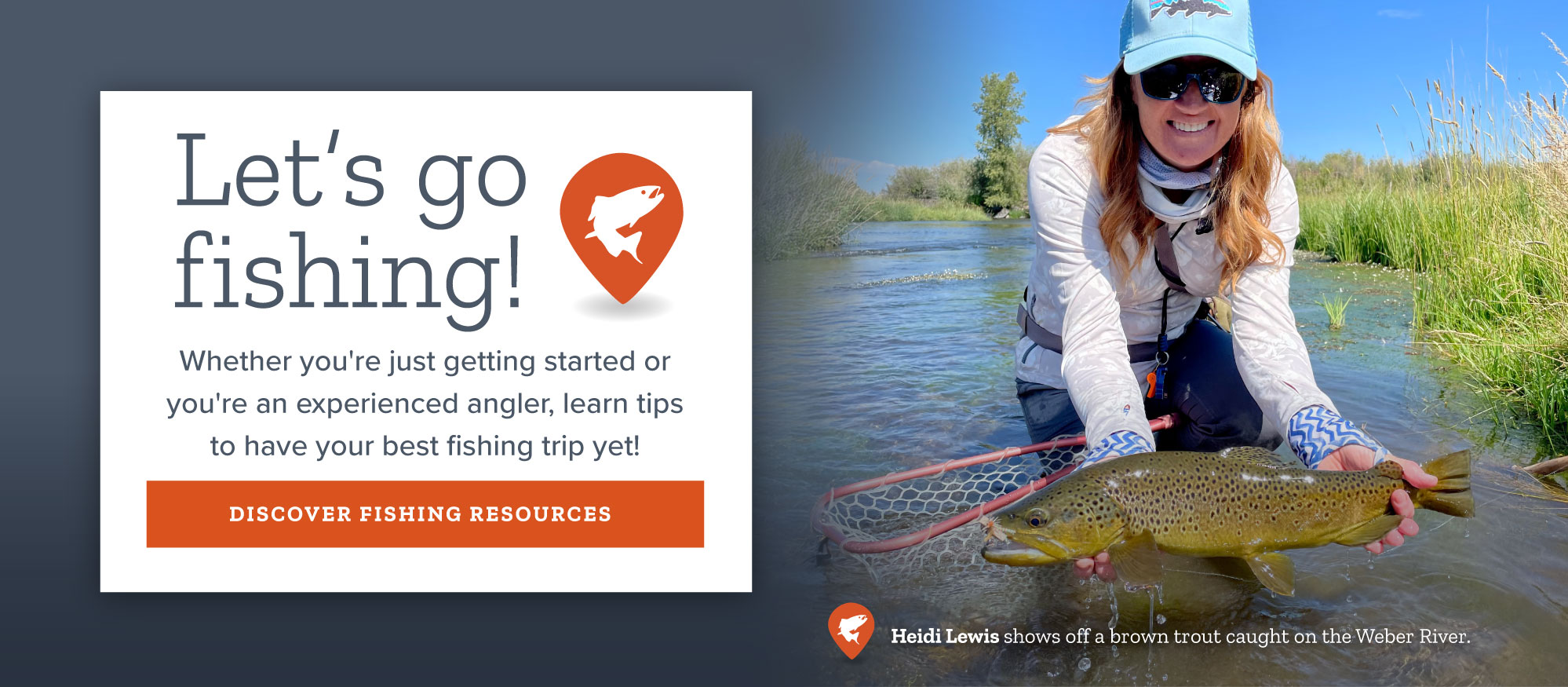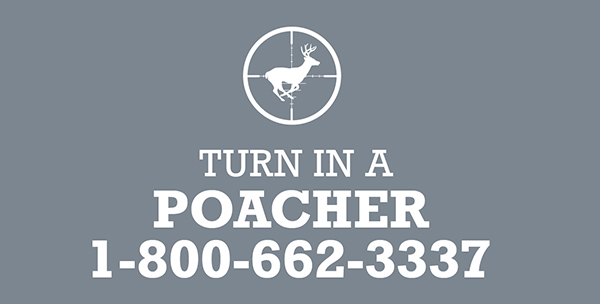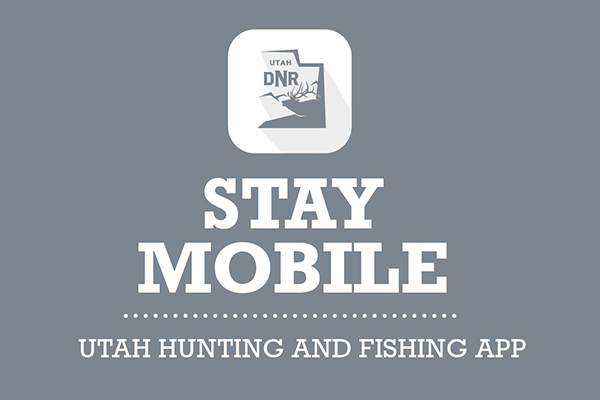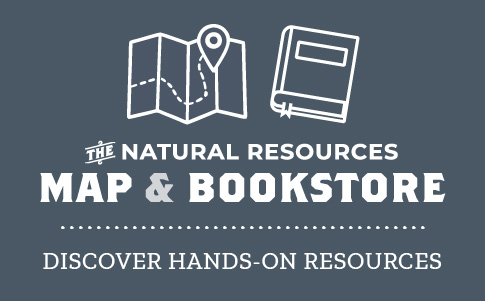Restoring Utah mule deer habitat
Watershed Restoration Initiative tackles top problem facing deer herds.
The mule deer herds of the West face a number of challenges, but chief among them is habitat. Deer need to eat the right types of plants — at the right times of the year — and have access to sufficient water and cover.
Over the past four decades, many factors have reduced the quality and quantity of deer habitat. Among those factors are drought, invasive plants, widespread wildfires, land development and fragmentation, and changes in grazing practices.
With habitat loss, western mule deer populations have also declined. This issue is a top priority for Utah's wildlife managers. Over the past six years, the Utah Division of Wildlife Resources (DWR) has invested tens of millions of dollars in a statewide, long-term effort to restore habitat and help our mule deer herds. At the forefront of that effort is Utah's Watershed Restoration Initiative.
How much habitat-restoration work has Utah completed?
Utah leads the West in habitat restoration. The Watershed Restoration Initiative is a unique partnership among state and federal agencies, private landowners, local industries, conservation groups and non-profit organizations. Spearheaded by the DWR, the initiative has achieved the following milestones over the past several years:
- Treated more than 1.2 million acres of Utah's rangelands
- Completed more than 700 projects
- Contributed more than $130 million to fund this effort
The current Utah deer-management plan (effective 2008–2013) includes an objective to improve another 500,000 acres of habitat. Habitat-improvement projects often take a few years to pay off, but over the long term, this effort will result in healthier deer populations statewide.
The following links provide in-depth information about mule deer habitat, the threats to that habitat and Utah's work to restore both habitat and watersheds.
Learn about mule deer habitat
Deer need the right types of food and shelter in order to thrive.
Mule deer have small stomachs, compared to their overall body size. This makes them much more selective in their diet. Instead of eating large quantities of low-quality forage, deer select the most nutritious parts of certain plants. These plants vary from season to season.
Springtime grasses and forbs
Grasses and forbs (leafy, flowering plants) make up the bulk of a deer's early spring diet. In early March, motorists often see herds of deer feeding on the succulent plants that grow alongside many Utah highways. (This is a good time of year to slow down and be especially careful on the roads.) As the snow melts — and the vegetation begins growing up the mountainside — the deer follow the foliage to the higher elevations of their summer range.
Summer forbs and fall shrubs
In the summer, mule deer continue eating a combination of grasses and forbs. Examples of forbs include dandelion, mountain bluebell, sawtooth butterweed, kochia, tailcup lupine, clover, broadleaf filaree, globemallow and many other types of broad-leafed vegetation. In late summer, as the grasses and flowering plants dry out, mule deer shift their diet to shrubs.
The condition and availability of summer and fall forage cannot be stressed enough. Mule deer take advantage of forage during this critical time to build up their fat reserves for the coming winter months. Deer survival research in Utah suggests that successfully building fat reserves in the summer is more important to winter survival rates than quality and quantity of food available on the winter ranges. Adult deer with higher body fat and heavier fawns are much more likely to survive the winter.
Winter browse
During the winter, when most of the other vegetation is covered by snow, deer survive by feeding on exposed browse. Browse is the leaf or twig growth of shrubs, woody vines or trees. Examples of commonly eaten shrubs and browse include sagebrush, bitterbrush, mountain mahogany, cliffrose, rabbitbrush, scrub oak, serviceberry and willow. While summer nutrition and building of fat reserves in summer and fall may be more important than winter range forage, good quality winter range will slow the rate of decline and is still an important aspect of deer survival.
A gradual transition
Deer don't abruptly switch from one seasonal diet to the next. Their digestive systems are sensitive and need time to gradually adjust to any changes. This is one reason why the DWR asks the public to avoid feeding the deer. Suddenly changing a deer's diet can easily lead to the deer eating food that it cannot digest. In these situations, a deer can become malnourished — or die — even if there's food available.
To find high-quality forage, mule deer migrate to the best range areas. This migration can be difficult because urban sprawl, vehicle collisions, predation and other factors interfere with migration. Although some deer herds may not migrate much at all, others travel more than 75 miles on an annual basis just to reach an area that has sufficient habitat.
Precipitation drives deer survival.
Precipitation (or the lack of it) is the most important factor in the growth or decline of mule deer populations. The amount and timing of moisture can affect:
- Plant growth and quality
- Habitat health and deer nutrition
- Deer distribution and movement
- Predation
- Disease
- Deer management
Most rangelands throughout the West do not receive great amounts of moisture. Utah is now rebounding from drought years that took a toll on mule deer populations. In a drought year, there are fewer plants, and they have reduced nutritional value. Does cannot produce enough milk to adequately nourish fawns, leaving the fawns too weak to survive their first year of life.
At the opposite end of the spectrum, too much precipitation — in the form of heavy winter snowfall — can also swiftly diminish herd numbers. If the snow is too deep for deer to find food, it is also very difficult for them to travel through. They will expend their limited fat reserves searching for forage.
For more information on how precipitation affects mule deer herds, see page 12 of Mule Deer: Changing Landscapes, Changing Perspectives — PDF.
Not all sagebrush is equally valuable.
Sagebrush is a critical food source for mule deer, especially during winter. Its leaves contain higher protein levels than other available shrubs and grasses.
Unfortunately, range management professionals have seen a common problem across many of Utah's sagebrush rangelands — they are suffering from the ecological equivalents of old age and malnutrition. Many of the state's critical winter-range areas are dominated by old trees and shrubs (40 or more years of age). These plants have lost much of their nutritional value and don't provide adequate forage for mule deer.
The best habitat for deer
Mule deer thrive in habitat that has all of the following characteristics:
- Early stages of plant growth. Plants that are young and emerging are more nutritious than mature trees and shrubs.
- A mixture of plant communities. Many species provide better forage than any single species.
- Diverse and extensive shrub growth. More shrubs are generally preferable to fewer shrubs. This means that periodic, planned disturbance of plant communities is an important part of maintaining high-quality deer habitat.
To help mule deer herds recover in Utah, the DWR and other partners of the Watershed Restoration Initiative are focused on removing many older plants (sagebrush, pinyon pine and juniper trees) and restoring critical habitat — including young sagebrush and other shrubs — on winter range.
Cover is critical, especially in winter.
During the winter months, deer conserve energy by limiting their movement. They also seek shelter among evergreen trees and shrubs, including Utah juniper, pinyon pine, mountain mahogany and tall sagebrush plants.
Areas with large amounts of this vegetation shelter deer from the wind. These areas are also warmer than open areas because the plants absorb heat during the day and then radiate the heat at night. Whenever possible, deer try to find cover near exposed forage. That allows them to feed without using a lot of energy to search for food.
High elevation wildfires may be key to growing deer.
Summer nutrition is critical for adult deer to gain crucial body fat and to lactate sufficiently to help grow bigger fawns. Body fat and fawn weights are some of the most important factors for deer overwinter survival.
Because deer thrive with diverse mixes of vegetation, especially early-successional stage vegetation- a high elevation wildfire can really boost available nutrition on the summer range. Fires at lower elevations can destroy important habitat or open the door for invasive weeds, but many high-elevation (generally about 7,000’ and higher) fires release diverse plant communities that can be suppressed by dense conifers and other mature-stage plant communities. Wildfire is a double edged sword and can damage property and negatively affect water quality and fisheries.
We are supportive of pre-identified “fire-use” areas where wildfire is allowed to burn and also “prescribed fires” intentionally set by land managers to help increase habitat quality and diversity while minimizing risks of negative effects.
